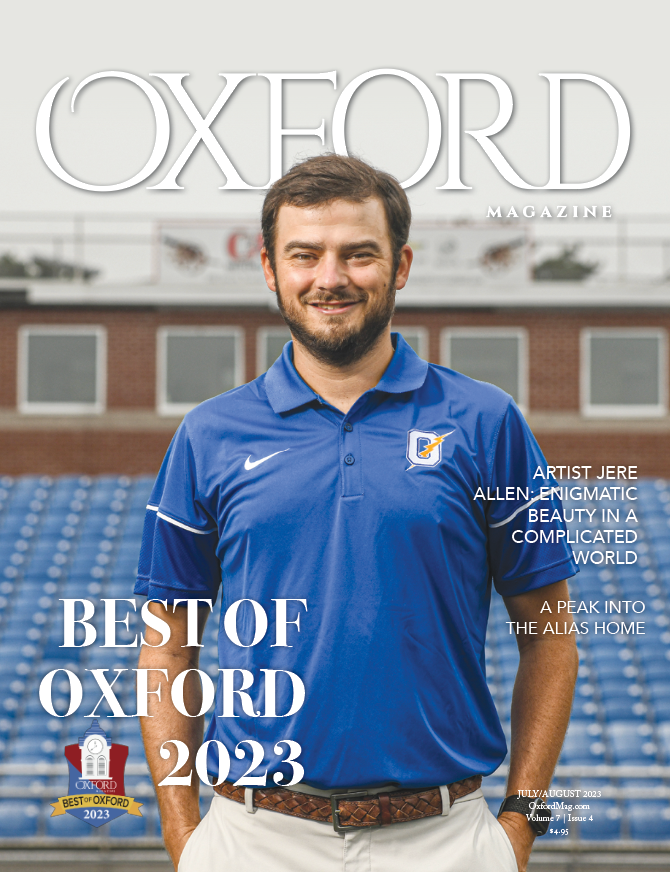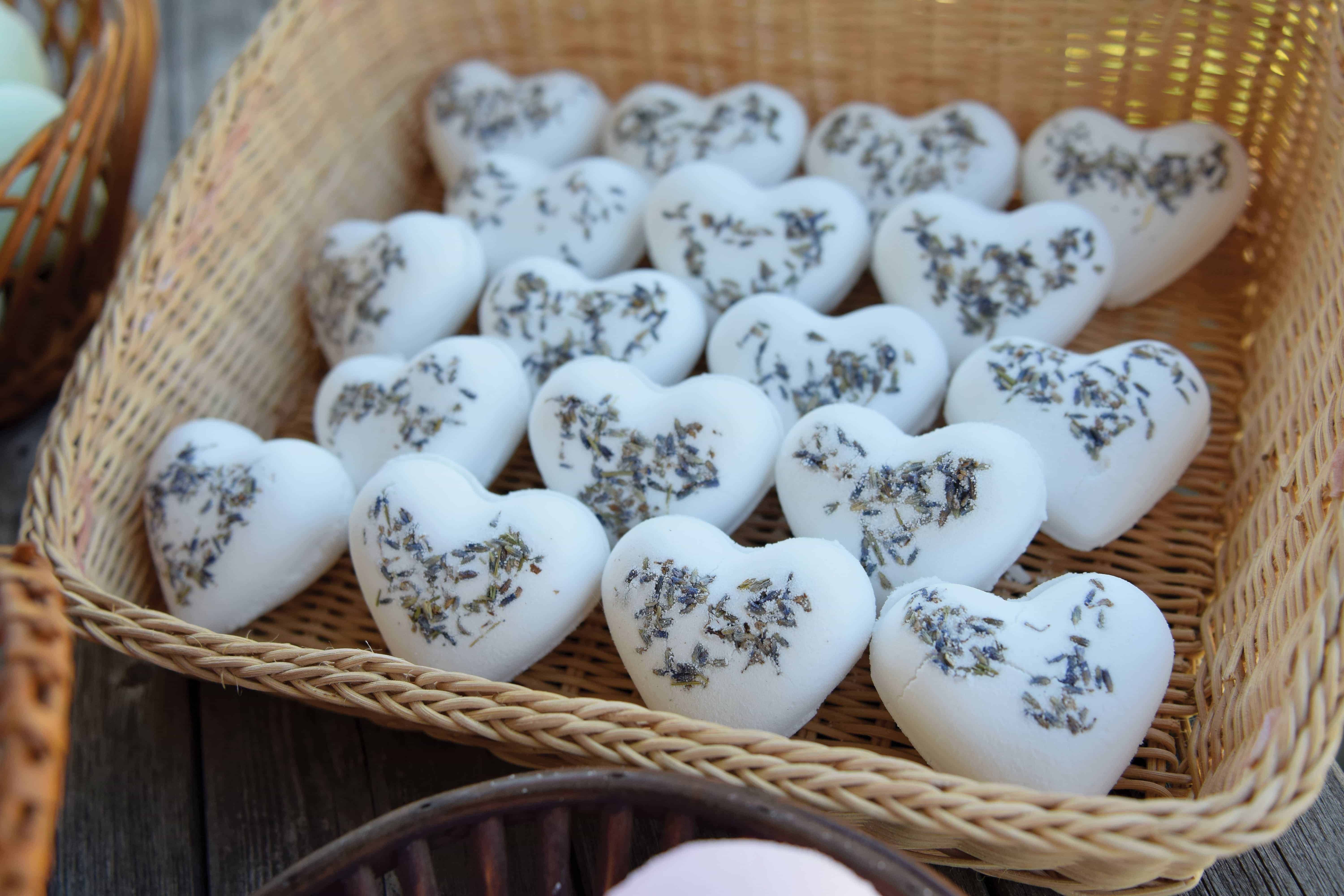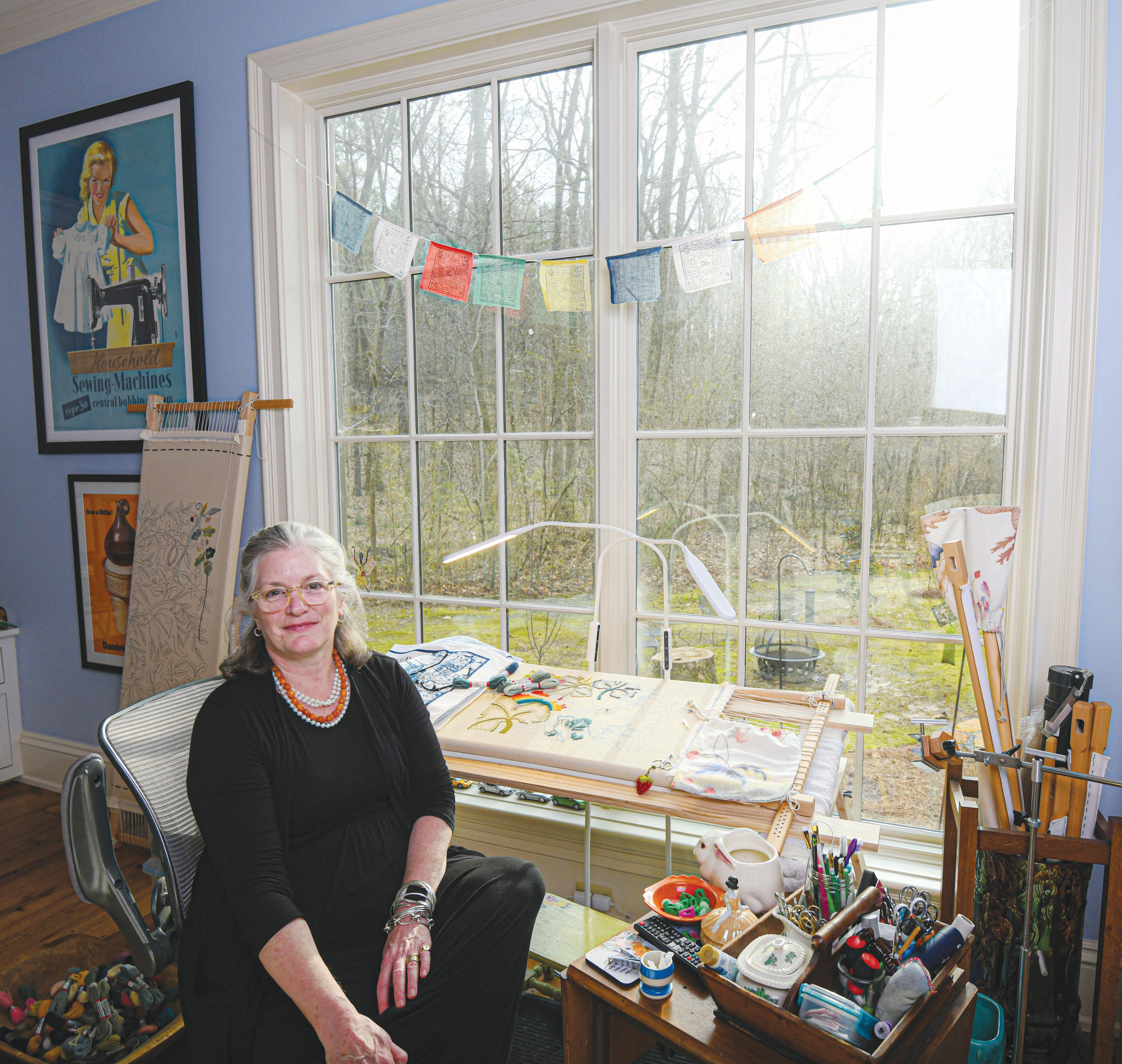By Zoe Fitch
Mississippi is home to many including those who were not born here. The ‘Sip is a place that is home to all. Though the hospitality state has a long history, both positive and negative, there is still room to grow and a blank canvas to compose something new. The sense of home is largely connected to place. This connection is specific to Southerners but is an objective human experience.
As an artist, “place” is influential in finding one’s identity and message in their work. The future of our state includes a continuously flourishing art community that welcomes open conversation and new ideas. The arts here range anywhere from music to painting, from sculpture to fiber art, and from dance to ceramics. And the artists are from Mississippi and other countries such as Venezuela.

Image by Rosa Salas
Rosa Salas is from Venezuela and moved to Oxford to further her education. She first pursued her Bachelor of Arts, then the Bachelor of Fine Arts degree with an emphasis in ceramics.
Once a graduate in her home country, she took a gap year and made her move to the American Southeast after learning about the program from a friend who attended the University of Mississippi.
When Salas first entered the program, she actually did not have her sights specifically on pottery, but visual arts and history in general. She then fell in love with the medium of ceramics after taking her first class in Meek Hall.

Image by Rosa Salas
Salas describes her style as outspoken, vibrant and sunny. She is influenced by artists such as Betty Woodman (American ceramicist) and Elizabeth Murray (American painter), as well as traditional Mayan pottery forms such as tripod feet. Being born and raised in a very spirited, visually vibrant culture, helped her find her aesthetic and palette. Salas says “[the] colors should be in your face.”
Ceramics is a community-driven medium. As Salas recalls, pottery is like a festival. Eating and sharing dishes and meals with others brings artists together to learn and share. This idea is at the very core of pottery.
Historically pottery was used for utilitarian purposes while styles, decorations, and colors were added to reflect the artist and cultural expression. Utility in her pottery is the intention and interaction is encouraged, while the forms still carry a sculptural visual aesthetic.
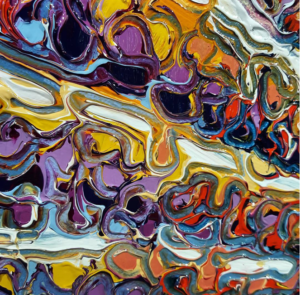 In her research, Salas refers to kinetic art that offers the illusion of movement. This movement gives life to the forms and reflects the liveliness that is in the process of making the work as well.
In her research, Salas refers to kinetic art that offers the illusion of movement. This movement gives life to the forms and reflects the liveliness that is in the process of making the work as well.
Every step of the process involves human interaction whether it is mixing large amounts of clay, building or throwing the forms in communal studios, learning from mentors and each other, or attending the culminating kiln-firing parties.
This medium is like no other in the world of fine art. There is no other medium that is so reliant and reflective of human culture because it is the only one that benefits more from the human-to-human experience rather than a singular one.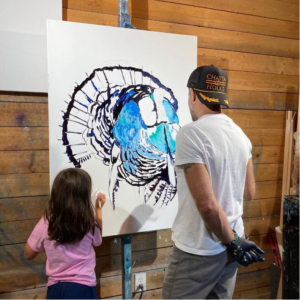
While single human reflection has historically made notorious fine art, pottery creates a home and art that is multipurpose.
And though Salas is a long way from her home in Venezuela, she has found a new one building pottery in the ‘Sip.


